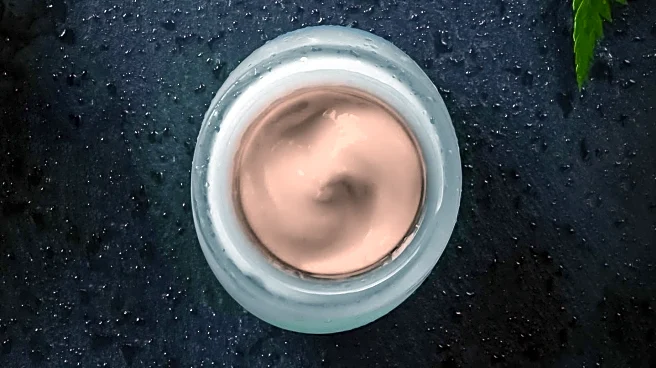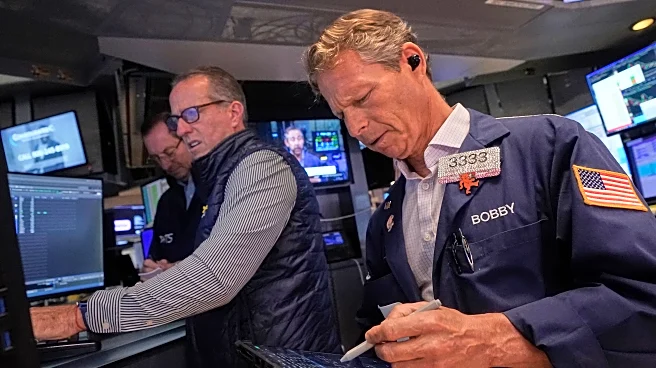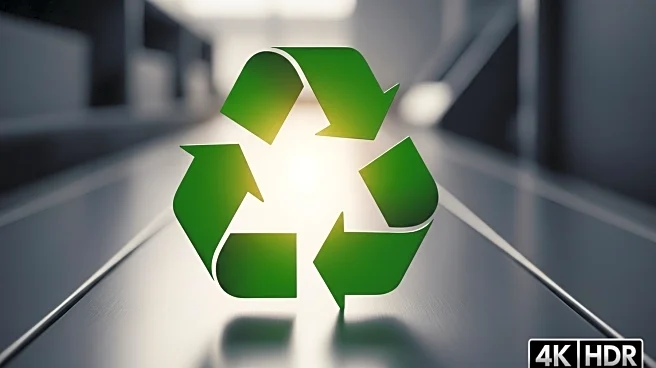What's Happening?
The sunscreen industry is under scrutiny due to concerns about 'sunscreen doping,' a practice involving the use of SPF boosters that are structurally similar to FDA-approved sunscreen filters. These boosters, such as butyloctyl salicylate, function similarly to approved filters like octisalate but have not been formally recognized by the FDA. This raises questions about their safety and environmental impact, particularly when used in higher concentrations than allowed for approved filters. Despite these concerns, there is no conclusive data proving that chemical sunscreen formulas are more toxic than mineral ones, nor that SPF boosters are inherently safe or unsafe.
Why It's Important?
The issue of sunscreen doping is significant as it highlights potential gaps in regulatory oversight and consumer safety in the skincare industry. The use of unapproved SPF boosters could mislead consumers about the safety and efficacy of their sunscreen products. This situation underscores the need for more comprehensive safety testing and transparency in ingredient labeling. It also reflects broader challenges in balancing product innovation with regulatory compliance and environmental protection, particularly in regions with stringent cosmetic standards like Europe and Asia.
What's Next?
Consumers are encouraged to seek information from trusted sources such as the Skin Cancer Foundation and the American Academy of Dermatology. These organizations recommend using sunscreens with SPF 30 or higher, regardless of whether they are mineral or chemical. Additionally, tools like Dieux’s Sun-Screener can help consumers understand the ingredients in their sunscreens. Dermatologists can also provide guidance on suitable sunscreen formulas. The industry may face increased pressure to ensure transparency and safety in sunscreen formulations.
Beyond the Headlines
The debate over sunscreen doping may lead to broader discussions about ethical marketing practices and the role of regulatory bodies in ensuring consumer safety. It could also prompt a reevaluation of environmental policies related to sunscreen ingredients, especially those affecting marine ecosystems. As consumers become more aware of ingredient safety, brands may need to adapt by prioritizing transparency and sustainability in their product development.












